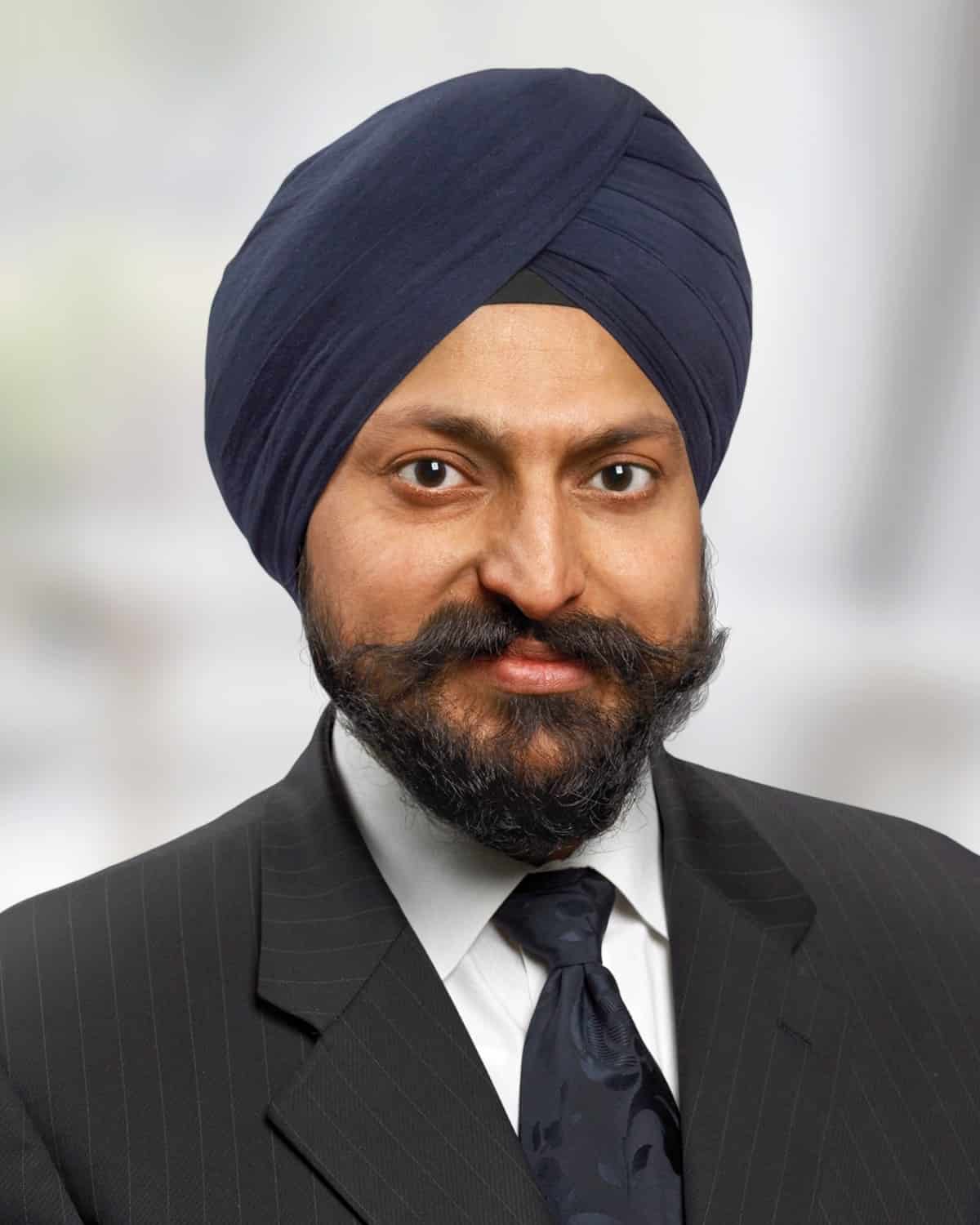Sonny Singh, executive vice president and general manager at Oracle Financial Services, speaks with Global Finance about AI and the interplay of technology and banking in a post-pandemic world.
Global Finance: As 2023 closes, what are the key issues for your global banking clients?
Sonny Singh: It was a very tumultuous year, but leaving aside geopolitics, which we’re all dealing with now, I would cite three big areas: customers, operations and risk & compliance.
GF: Let’s take those in order. Customers?
Singh: If we hark back a few years to the pandemic, I will say that one of the big implications while we were sheltering in place was that we grew as digital consumers. We did a lot more procurement online, called in more home deliveries. The number of digital consumers grew three times. The volume of digital transactions grew six times.
We weren’t prepared for this from an infrastructure perspective. Using the banking industry as an example, we had to stretch to accommodate this growth, during which banks also learned they didn’t understand their consumers as well as they thought they did. There was a lack of personalization and insight, especially compared with Big Tech firms and fintechs. There was more churn from customers as customers started to adopt more creative services from anybody who was willing to provide them.
GF: And operations?
Singh: One of the implications of this growth in transactions was that it exposed the weakness of systems. Many were complex, siloed, and antiquated. Banks didn’t really take advantage of the transformational technologies that became available in the 2010s, as did Big Tech firms and fintechs. These operational limitations became very clear over the past year or two as we came out of the pandemic,
GF: What about risk?
Singh: And finally, there’s this new monetary and macroeconomic environment that basically creates a different element of risk and regulation. Central banks had this monetary policy [during the pandemic] where they were keeping interest rates quite low. But then we got an interest rate increase of nearly five percentage points in one year. It’s stressing out the balance sheets of all but the largest of banks.
GF: Has generative AI arisen among the questions your clients are asking?
Singh: Absolutely. I was meeting just two weeks ago with a senior delegation from one of the largest banks in the world, and the two assets that they brought to the table were both generative AI assets.
One, on the corporate banking level, was focused on empowering relationship managers in their interactions with potential or existing customers—so managers wouldn’t have to prepare for hours before each meeting. [The AI algorithms were] able to analyze a customer’s transaction history, payments, loans, profiles, etc., generating a report, so an informed manager would be able to say to the customer, “These are the best products [for you].”
GF: We’ve heard a lot about deficiencies in the US payments system, and in other countries too. Is that an issue with your clients?
Singh: Our payment capabilities are lagging, but there’s also tremendous opportunity. All the major economies have payment initiatives, including some progressive regulators: the EU’s upcoming PSD3 [Third Payment Services Directive], for example. The amount of variability that exists in messaging in the last mile will be challenging for banks that operate in several countries.
GF: Scams have been on the rise through online messaging apps like WhatsApp. Can banks do more to curtail fraud in markets with deep cell-phone penetration, like Brazil and the US?
Singh: As discussed, the number of digital customers grew dramatically during the pandemic. That clearly increased the threat surface available to bad actors.
But can banks do more? They’re doing a lot in this space. They are intervening, trying to make sure that each party in a transaction is authentic. They’re also incorporating machine learning and AI to understand fraudulent patterns better.
GF: Since the introduction of ChatGTP about a year ago, we’ve heard a lot about the opportunities AI presents to consumers and to enterprises, but what are some risks, particularly for banks?
Singh: There are two issues. The short-term issue is how to think about bias as it pertains to banking. There may be elements of bias in the data upon which we train AI models, for instance.
And in the long term, we need to make sure AI holds a benign outcome—not a negative outcome. Some compare it to the dramatic change brought by nuclear technology, which had the potential to be a huge source of energy but also had the capability of annihilating our species.
AI has the potential to enhance human intelligence and to improve productivity dramatically, but it could also bring negative outcomes like those that Hollywood has done a good job dramatizing. Those fears are not entirely unfounded.
GF: In terms of tech adoption, do the challenges banks face differ from those encountered by non-financial corporate entities?
Singh: Banks are under much more scrutiny. The economies of nations depend on them; they cannot afford to get something wrong if they have a cyberattack. Maybe you followed what happened to DBS in Singapore. They had a few downtimes [DBS’s online banking and ATM services were down for hours in October, for example], and eventually the Monetary Authority of Singapore came in and said you can’t make any non-essential IT changes for six months. Now, if there were some fintech out there that had that problem, the government response may have been less severe.
GF: Oracle is a public company. How do you bridge the gap between the needs of a shareholder-owned company to show quarterly profits and the reality that sales cycles are often long: years, even?
Singh: It’s an existential question for companies in this space. Economic cycles will always be there, but there are two things that we don’t compromise. One is customer success. We have a relentless focus on that.
I’ll give you an example: I have roughly 10,000 people in my organization [Oracle Financial Services]. Something like 5,500 of those are focused on customers, making sure that products are deployed properly, for example. Customers see that they’re being supported.
The second thing is product. We want to make sure our products meet customers’ business needs but will also address the technology transformations and the architecture evolutions that the customer is going to experience in the future.
GF: Is the technological gap growing or shrinking between financial institutions in advanced economies and those in emerging markets?
Singh: I have a counterintuitive response. In certain countries that have modernized recently, the infrastructure is better than in some of the more advanced economies.
Look at payment systems. If I go to certain countries, nobody takes a signature for my credit card anymore. Yet here in the US, they do.
Or look at the quality of highways in many of the newer economies. They are often better than those in the US. It really depends on the point at which you modernize.
I think the bigger challenge is not so much what technology is available, because the latest technology is available to everyone, but rather, What percentage of your population is in the banking system? How much financial inclusion do you truly have?
Government policy is very important in this regard. Look at India. They took payment capabilities down to the grassroots, developing a payment network through a public-private partnership that was connected to mobility.
The result: An Indian street vendor can accept a mobile transaction from you. These people no longer must rely on cash. They cannot be robbed, and all their payments take place on a very modern payments platform. It’s brought many more people into the financial system.




